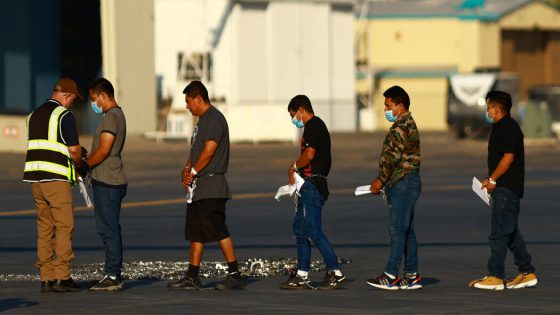Despite significant increases in renewable energy production across Australia, coal-fired power stations still supply up to two-thirds of the energy mix. Replacing coal with more renewables is the cornerstone of the federal government’s climate policy and its goal to cut emissions by 43 per cent on 2005 levels by 2030.
But the speed with which the government needs renewable energy to come online is clashing with the environmental assessments such projects must undergo.
Environment Minister Tanya Plibersek is working on the government’s promised reforms to the flagship Commonwealth environmental protection legislation, the Environmental Protection and Biodiversity Conservation Act, which were promised during the 2022 federal election campaign.
A slowdown in wind farm project approvals is risking the Albanese government’s climate goals. Credit: Synergy
At the heart of those reforms – which were supposed to enter parliament last year – is a promise to speed up project approval timeframes while also bolstering environmental protections.
Plibersek said additional measures to accelerate approvals would be unveiled shortly.
“We’re reforming our laws to give quicker, clearer decisions for business and better protection for our precious plants, animals and places,” she said.
Plibersek said the Albanese government had approved 43 renewable energy projects since coming to office in May 2022, a doubling of the decision-making rate of the former Coalition government.
Australia’s extinction rate is one of the worst in the world, with about 100 of Australia’s unique flora and fauna species wiped out since colonisation, and 1900 threatened species now at a heightened risk of extinction. Plibersek has promised to halt native species extinctions.
Australian Conservation Foundation chief executive Kelly O’Shanassy said the legislative changes must not tip the balance towards development.
“Breaking Australia’s dangerous fixation with climate-wrecking gas and coal and powering everything we can with renewables is an important and a massive task, but we don’t need to wreck threatened species habitat or knock down rainforests to do it,” she said.
“There is absolutely no need, on our over-cleared continent, to damage nature to build renewable energy projects.”
Corbell said environmental reforms could strike a balance between nature and industry, but stressed that more weight should be placed on renewables’ ability to displace the production of greenhouse gas emissions that are dangerously heating the planet.
He said important improvements to project assessments could be made without changing the laws.
“When it comes to the assessment of overall impact of a project, its contribution to reducing Australia’s overall carbon emissions footprint should be able to be taken into account, but at the moment, it’s not,” Corbell said.
Corbell said the government must legislate reforms before the end of the year to keep the 2030 renewable target within reach.
Loading
“It’s still feasible to achieve it [the 82 per cent renewables target], but only if regulatory barriers are substantially addressed, and they really need to be addressed this year,” he said.
Bowen on Thursday pointed to a sharp increase in spending on large-scale storage, such as big batteries.
He said 2023 had been a record year for investment in large-scale storage, with investment more than doubling from 2022.
Source Agencies



